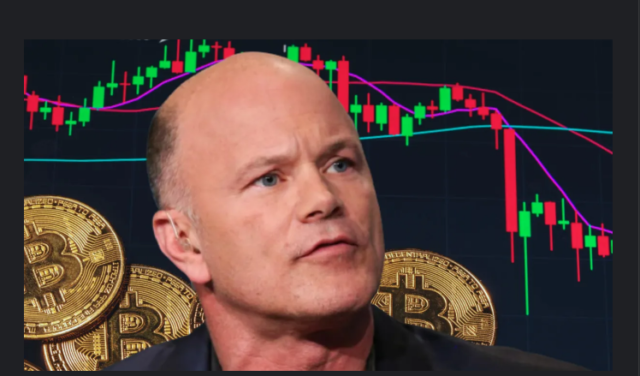Bitcoin
BTC

$16,799
bears have been in control since Nov. 11, subduing BTC price below $17,000 on every 12-hour candle. On Nov. 28, a drop to $16,000 shattered bulls' hope that the 7% gains between Nov. 21 and Nov. 24 were enough to mark a cycle low at $15,500.
The most likely culprit was an unexpected transfer of 127,000 BTC from a Binance cold wallet on Nov. 28. The huge Bitcoin transaction immediately triggered fear, uncertainty and doubt, but the Binance CEO, Changpeng Zhao, subsequently announced it was part of an auditing process.
Regulatory pressure has also been limiting BTC’s upside after reports on Nov. 25 showed that cryptocurrency lending firm Genesis Global Capital and other crypto firms were under investigation by securities regulators in the United States. Joseph Borg, director of the Alabama Securities Commission, confirmed that its state and several other states are investigating Genesis' alleged ties to securities laws violation.
On Nov. 16, Genesis announced it had temporarily suspended withdrawals, citing “unprecedented market turmoil.” Genesis also hired restructuring advisers to explore all possible options, including but not limited to a potential bankruptcy, as reported by Cointelegraph on Nov. 23.
Let’s look at derivatives metrics to better understand how professional traders are positioned in the current market conditions.
Margin markets show leverage longs at a 3-month high
Margin markets provide insight into how professional traders are positioned because it allows investors to borrow cryptocurrency to leverage their positions.
For instance, one can increase exposure by borrowing stablecoins to buy Bitcoin. On the other hand, Bitcoin borrowers can only short the cryptocurrency as they bet on its price declining. Unlike futures contracts, the balance between margin longs and shorts isn’t always matched.
 OKX stablecoin/BTC margin lending ratio. Source: OKX
OKX stablecoin/BTC margin lending ratio. Source: OKX The above chart shows that OKX traders’ margin lending ratio increased from Nov. 20 to Nov. 27, signaling that professional traders increased their leverage longs during the 6% dip toward $15,500. Presently at 34, the metric favors stablecoin borrowing by a wide margin — the highest in three months — indicating traders have kept their bullish positions.
Advertisement
Stay safe in Web3. Learn more about Web3 Antivirus →
Leverage buyers ignored the recent dip to $15,500
The long-to-short metric excludes externalities that might have solely impacted the margin markets. In addition, it gathers data from exchange clients’ positions on the spot, perpetual and quarterly futures contracts, thus offering better information on how professional traders are positioned.
There are occasional methodological discrepancies between different exchanges, so readers should monitor changes instead of absolute figures.
 Exchanges' top traders Bitcoin long-to-short ratio. Source: Coinglass
Exchanges' top traders Bitcoin long-to-short ratio. Source: Coinglass Even though Bitcoin failed to break above the $16,700 resistance, professional traders have kept their leverage long positions, according to the long-to-short indicator.
For instance, the ratio for Binance traders improved somewhat from 1.00 on Nov. 21, but ended the period at 1.05. Meanwhile, Huobi displayed a more substantial increase in its long-to-short ratio, with the indicator moving from 1.01 to 1.08 in the seven days until Nov. 28.
At crypto exchange OKX, the metric slightly decreased from 0.99 on Nov. 21 to 0.96 on Nov. 28. Consequently, on average, traders are confident enough to keep adding leverage to bullish positions.
Related: US House committee sets Dec. 13 date for FTX hearing
The $16,200 support showed strength, suggesting that traders are turning bullish
These two derivatives metrics — margin and top trader’s long-to-short — suggest that size leverage sellers did not back the Bitcoin price correction to $16,000 on Nov. 28.
A bearish sentiment would have caused the margin lending ratio to go below 15, pushing the long-to-short ratio much lower. It is important to note that even pro traders can misinterpret the market, but the present reading from the derivatives market favors a strong $16,000 support.
Still, even if the price revisits $15,500, the bulls should not be concerned as the derivatives indicators withheld neutral-to-bullish on Nov. 21 and further improved during the week.





